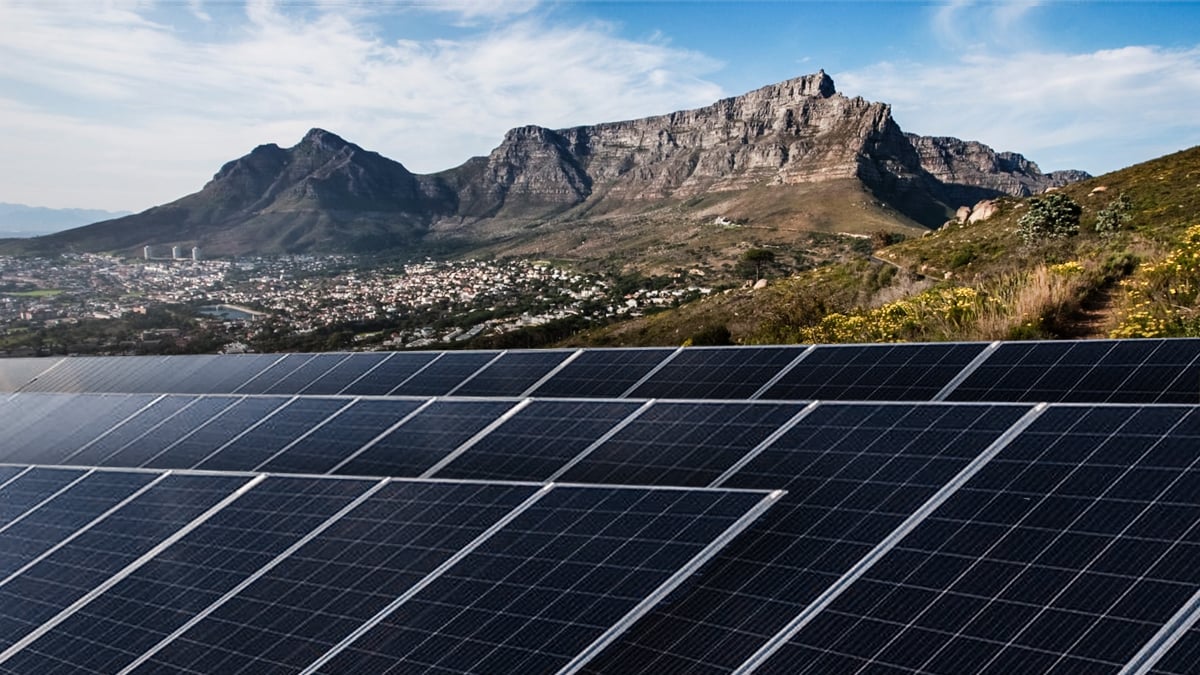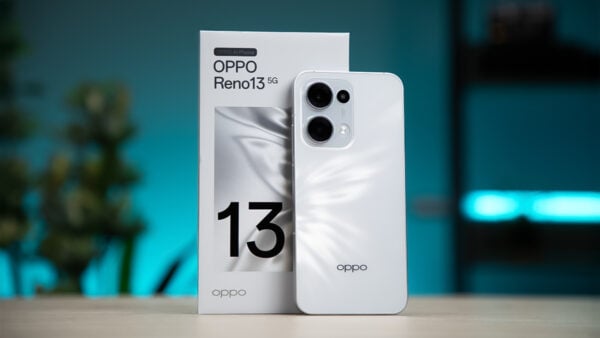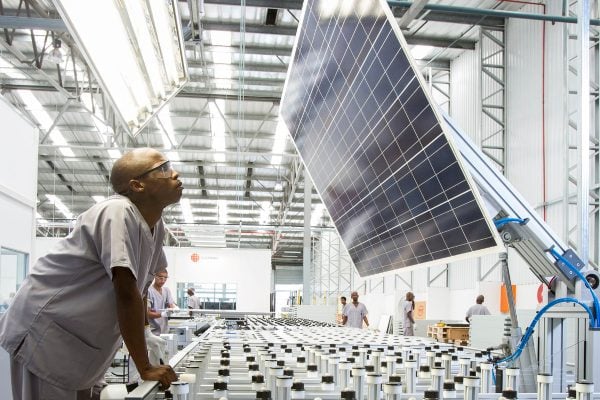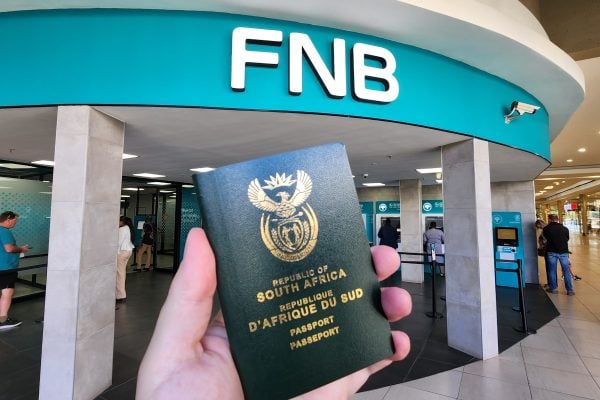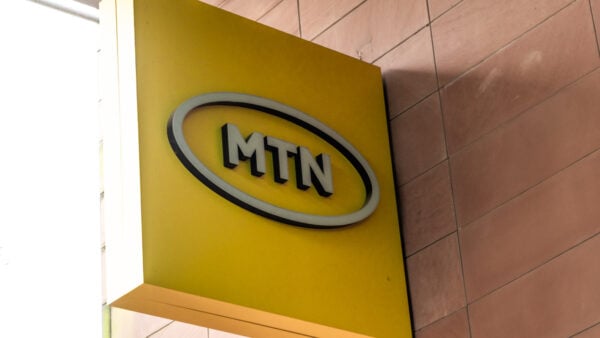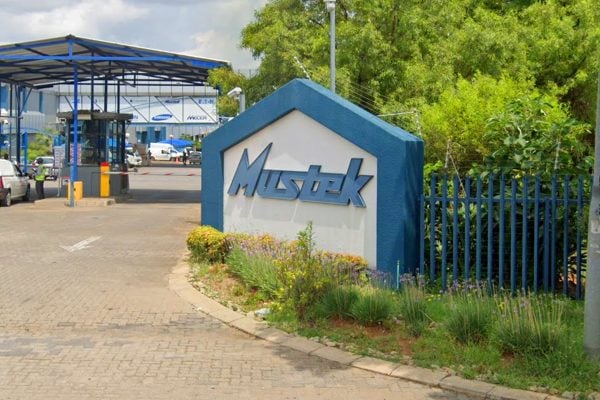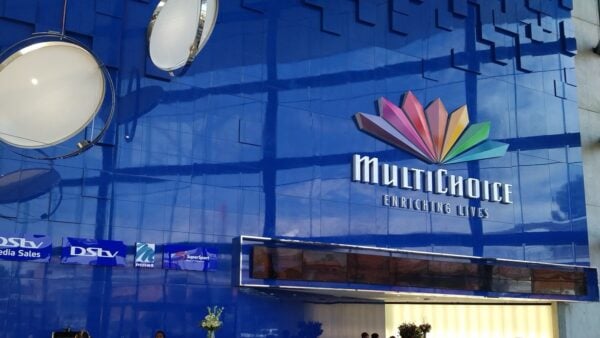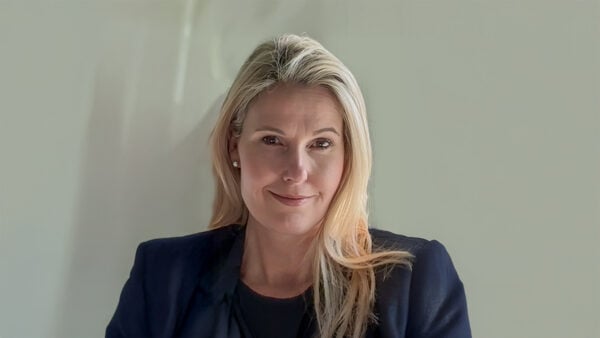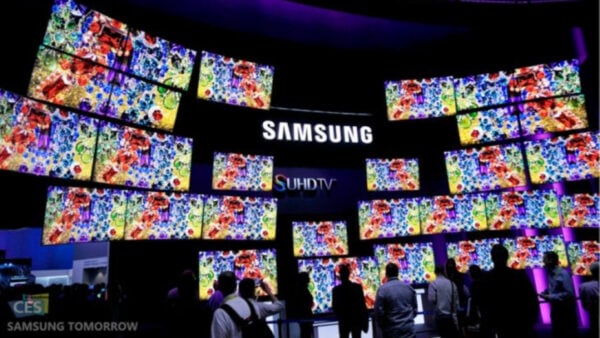Biggest fibre networks in South Africa
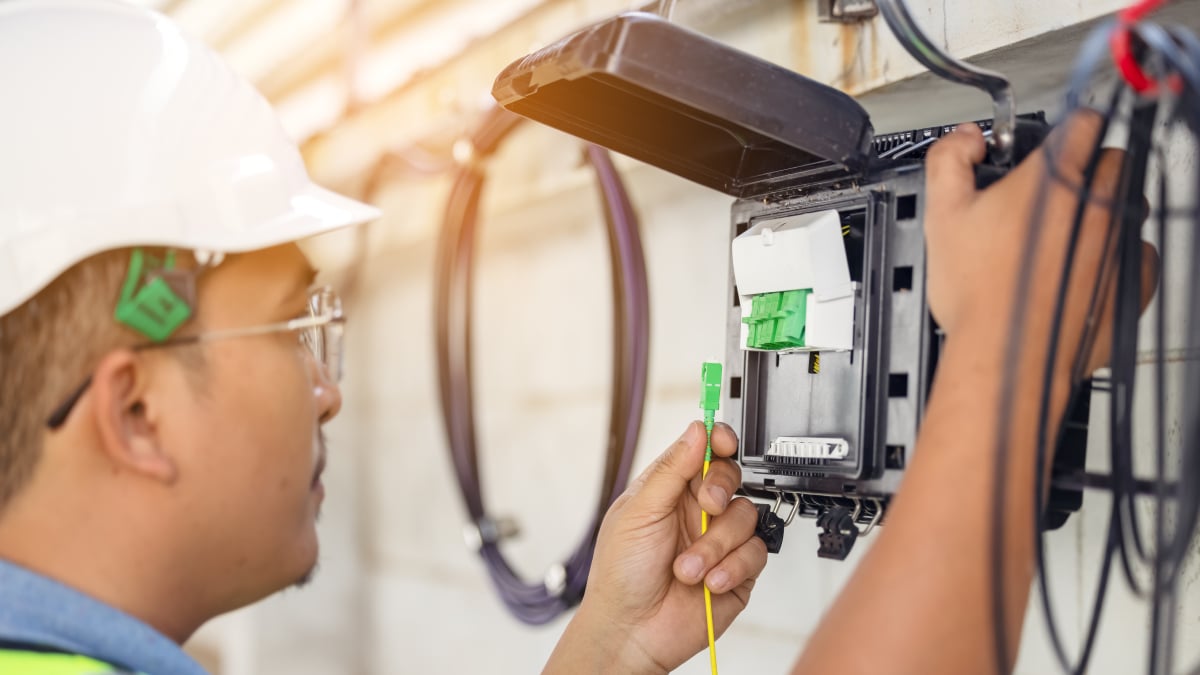
Vumatel has the largest fibre-to-the-home (FTTH) network in South Africa, with its infrastructure available to over 2 million homes and a 32% market share.
The fibre network operator (FNO) has 830,000 FTTH customers and 2,050,000 homes passed.
Homes passed is a term for the number of premises that could connect to the fibre network.
On the other hand, network operators also report the number of homes connected to a fibre network, often significantly less than the homes passed metric.
Determining the ratio of homes connected to homes passed provides operators with a metric for evaluating the success of their fibre deployment. This is called the connectivity ratio.
Vumatel, which generated R3.8 billion in revenue in its most recent financial year, has a connectivity ratio of 40%.
South Africa’s second-biggest fibre network is owned by Telkom’s Openserve, which has significantly fewer homes passed and connected than Vumatel, but a better connectivity ratio.
The partly state-owned company’s network consists of just over 1.3 million homes passed, of which 667,465 are connected or ready to go live, according to its trading update for the first three quarters of its most recent financial year.
This yields a connectivity ratio of 49.79%, which is only trumped by one other FNO: Herotel.
Herotel, which is South Africa’s third-largest FTTH, is being acquired by Vumatel. The Competition Commission recently greenlit the transaction — with a set of undisclosed conditions.
The transaction forms part of Vumatel’s parent company, Community Investment Ventures Holdings’ (CIVH) push into cost-effective, high-speed fibre in low-income areas.
Herotel is the only FNO with a connectivity ratio of over 50%. It recently told MyBroadband that it has passed 585,981 and connected 50.01% of those, or 293,036.
Unlike other FNOs on this list, Herotel has a closed-access network, meaning it does not offer wholesale services to Internet service providers (ISPs).
Instead, end-users buy their services directly from Herotel, with the company acting as network and service provider. It is the only FNO in the country’s top ten to operate a closed-access network.
This differentiation between open and closed-access networks played a role in the Competition Commission’s approval of Vumatel’s acquisition of Herotel.
Part of the conditions included that Vumatel remain an open-access network.
Outside the top three
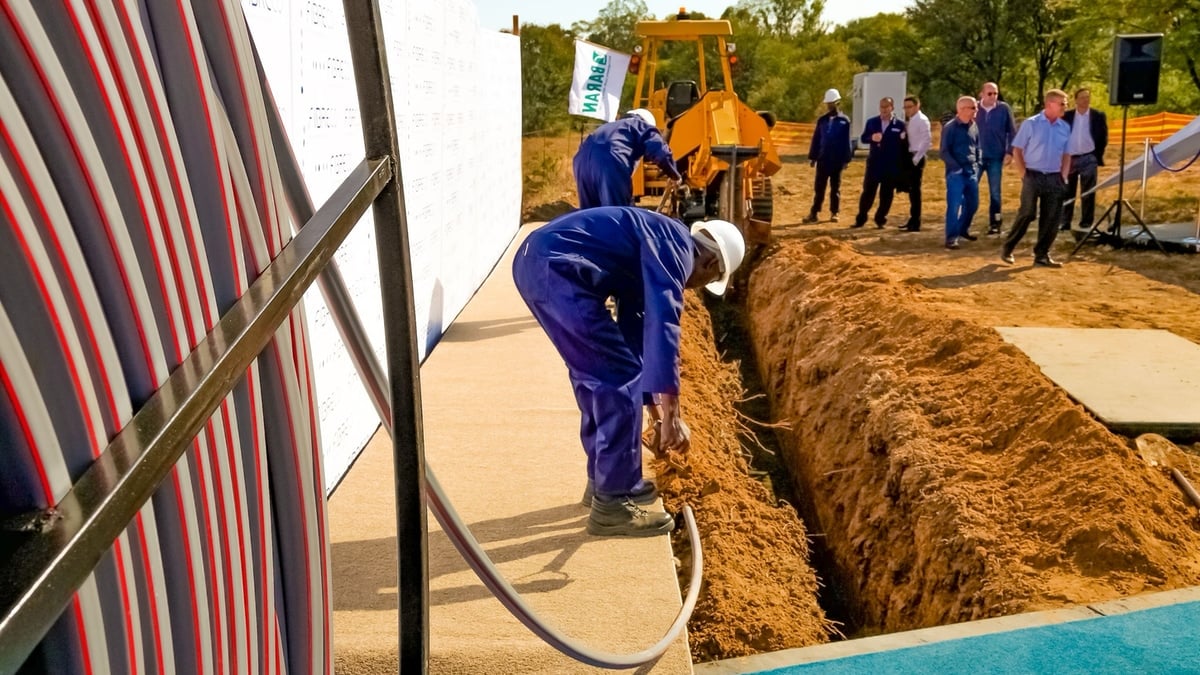
MetroFibre has the fourth-largest network in the country, with 510,000 homes passed and 172,000 homes connected. This yields a 33.72% connectivity ratio, significantly less than the rest of the top five providers.
African Infrastructure Investment Managers (AIIM) owns a 28.5% stake in MetroFibre and 100% of sixth-placed Octotel.
Octotel has 372,00 homes passed and 121,800 homes connected, with a connectivity ratio of 32.74%, according to its most recent reporting from June 2024.
If the network assets of both FNOs were combined under one entity, it would be South Africa’s third-largest FTTH network with 882,000 homes passed and 293,800 homes connected.
The FNO placed between MetroFibre and Octotel is Frogfoot, with 406,000 homes passed and 41.63% of them connected, or 169,000 homes.
Zoom Fibre is the seventh-largest FTTH network in South Africa, after Octotel, with 191,636 homes passed and 65,100 of them connected, a connectivity ratio of 40%.
Evotel is ranked eighth on the list with 141,100 homes passed and 39,000 homes connected.
This gives it a connectivity ratio of 27.7%, the lowest of the FNOs included in the comparison.
Vumatel-holding company Maziv’s chief commercial officer, Phila Dube, recently said that 6.4 million South African households have been passed with fibre.
However, taking network overlap into account, Dube said only 5.4 million unique homes had access to a fibre connection in South Africa.
This means 28% of South African households have access to fibre, based on Statistics South Africa’s most recent household survey.
Dube said the data shows that 95% of the roughly 700,000 households in the upper-middle income segment were covered.
Similarly, 99% of the 600,000 households in the upper Living Standards Measure (LSM) market segment could get fibre.
Penetration in the lower-middle segment was much lower, with around 50% of the 3 million households in that market passed with fibre.
The table below shows the top eight FNOs by homes passed, as well as the number of homes connected and the connectivity ratio.
| Fibre network operator | Homes passed | Homes connected and/or ready to go live | Connectivity ratio |
|---|---|---|---|
| Vumatel | 2,050,000 | 830,000 | 40.4% |
| Openserve | 1,340,565 | 667,465 | 49.79% |
| Herotel | 585,981 | 293,036 | 50.01% |
| MetroFibre | 510,000 | 172,000 | 33.73% |
| Frogfoot | 406,000 | 169,000 | 41.63% |
| Octotel | 372,000 | 121,800 | 32.74% |
| Zoom Fibre | 191,636 | 65,100 | 40.0% |
| Vodacom | 158,000 | 55,000 | 34.8% |
| Evotel | 141,100 | 39,000 | 27.7% |
| Rest of market | 651,000 | 314,000 | 48.23% |
| Herotel’s numbers were last reported in March 2025. Vumatel, Openserve, MetroFibre, Frogfoot, and Rest of Market numbers were last updated in December 2024. The remaining figures were last reported in June 2024. | |||

